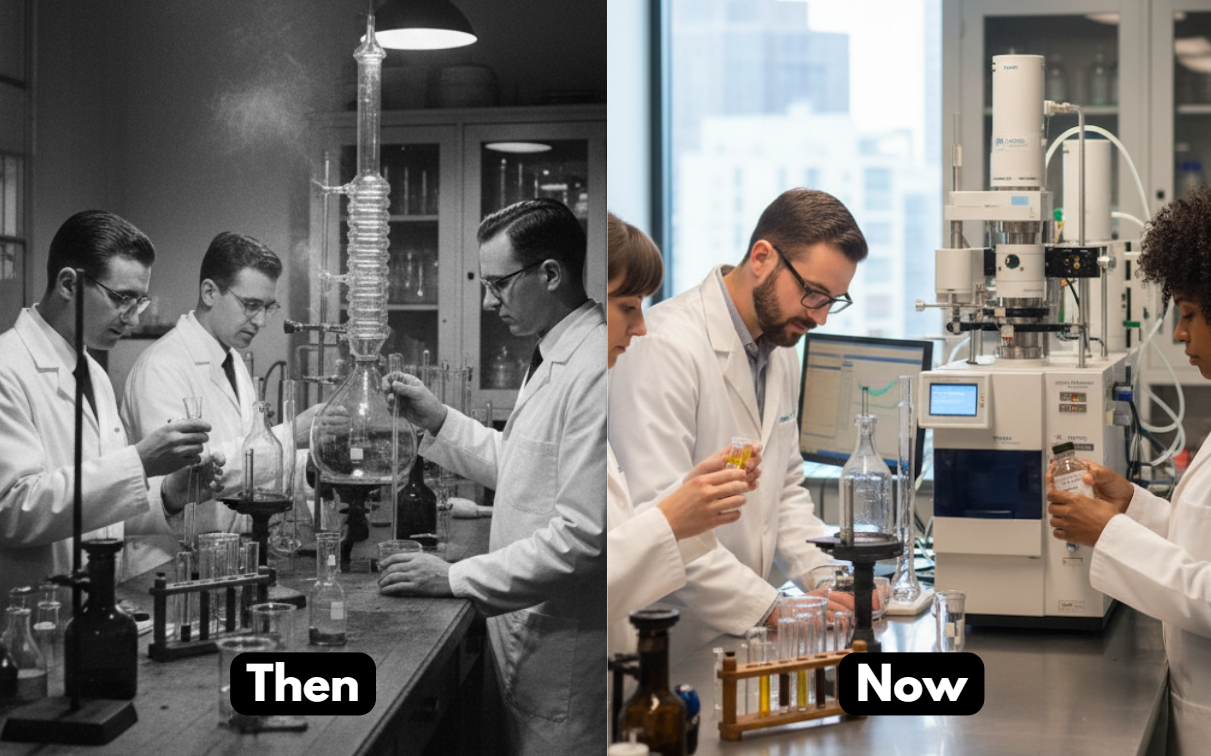
It started with just 14 people in a room.
In 1950, you could count the world’s flavor chemists on two hands.
Back then, food companies were experimenting with new post-war chemistry, aldehydes, ketones, esters… but there were no rules. Anyone could call themselves a “flavorist.”
That changed in 1954, when a small group met at the Chemists’ Club in New York and founded the The Society of Flavor Chemists, Inc.® (SFC). To join, you needed seven years of apprenticeship, a written exam, and sensory evaluations. No shortcuts. No borrowed titles.
Today, there are still only about 500 certified flavorists worldwide. Fewer than the staff of a single hospital. Yet their work decides if a “clean-label” soda will maintain its flavor on the shelf or whether a nostalgic candy tastes the way you remember it.
Here’s the reality inside most flavor labs: tiny decisions decide everything. Take vanilla. If the first seconds lean too woody or a lactone drags in the finish, the sample goes back for rework. That discipline, apprenticeship, exams, sensory panels… is the backbone of the profession.
Every one of us has tasted their invisible hand. In coffee. In candy. In soda.
The secret history of flavor chemists is a story of discipline. An art built slowly, person by person, molecule by molecule.
And maybe the real question is this: the next time you taste something familiar, will you think about the chemist who made it possible?
📜 The full paper is available here.